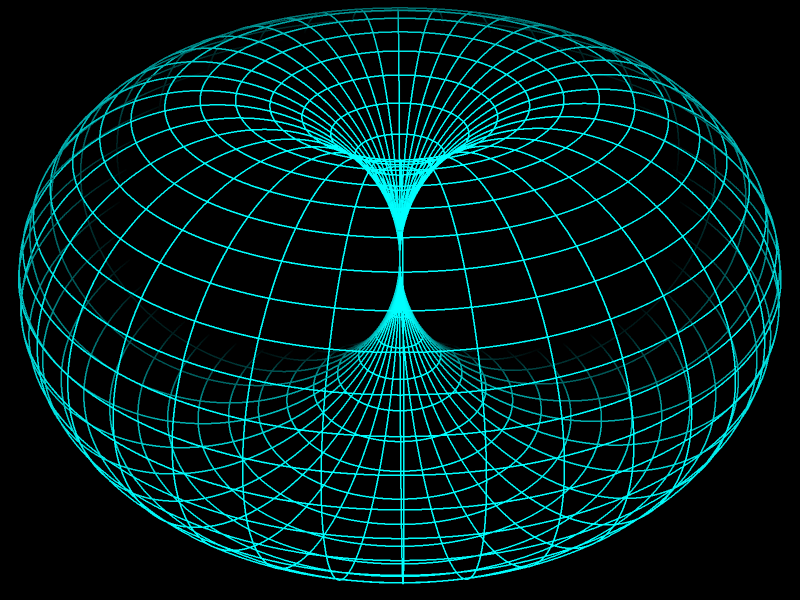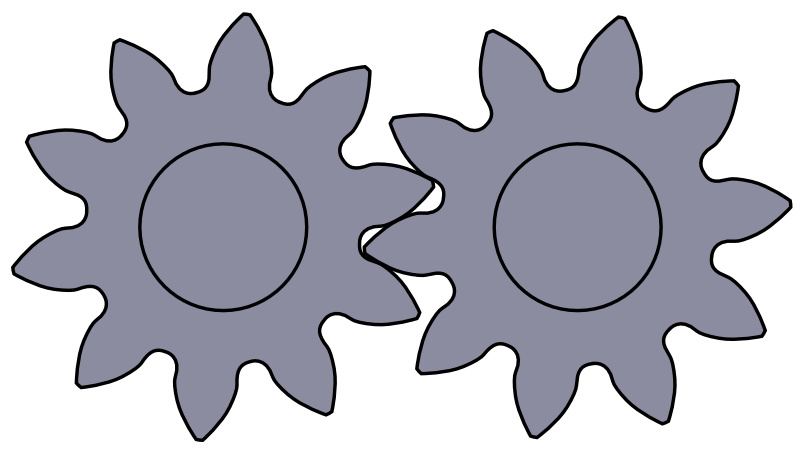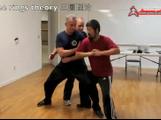It’s been 10 years since I first visited Daqingshan and began my journey into Practical Method. This year, I had the opportunity to return so I took it. Daqingshan remains an amazing place to train and refine your taijiquan. The daily schedule maintains your focus and takes away distractions from learning. The coaches provide finer detail, guidance, and are a source of inspiration for the results they have developed from years of dedicated training. While my grasp of Chinese is still poor, it improved a lot in the last 10 years from listening to shifu’s Chinese lectures; I think I can understand about 80% of the taiji lectures versus 30% of the stories.
Some of my own learnings from this trip:
- Details in the positive circle to connect the power to my feet:
- The line is along the front inner thigh 45 degrees upward from the dantian. At the start of the first move, the tip of the hand (finger) is on the line. The elbow is on the outside at about a 45 degree angle to the hand, to allow the arm to rotate into the line. At the end of the first move, the hand and the elbow (the front forearm), the front kua, and the rear foot are all on the line. Overall, the action pulls into the dantian while the outer points are pinned. The front kua is high, the rear kua is low to line up with the rear foot. The rear leg acts as a prop and the front leg maintains the angle of the prop.
- When turning the waist, the power is on opening the kua via the front foot such that both the thighs rotate. The rotation must catch the elbow, and there should not be anything added by the arm or rear shoulder. When it catches the elbow, the finger will be thrown outward by the rotation of the forearm, much like twisting towel. Be sure to not turn the torso away from the line. This error is most easily caught by looking for a toss of the rear shoulder.
- When sending out the hand, ensure the front kua does not move horizontally (typically caused by turning the torso) and that the rear knee does not move forward towards the hand. The power is on the rear knee opening backwards. The chest concaves and presses down to open the armpit, which presses down to open the elbow, which aims at the finger. Overall, this keeps the shoulder capped so it doesn’t rise up.
- How I’m currently doing the negative circle (have yet to verify these points):
- Again the line is along the front inner thigh. Starting hand position is the same as positive circle. The rotation of the arm is opposite the positive circle. Stretch the back of the front knee to bring up the front kua and concave the chest. Stretch the body down and backwards to open the armpit and pull the elbow in from the top. I believe the elbow will end up at the same point as the end of the second move of the positive circle. The hand must not leave the line, or else you lose your pivot point for the rest of the move.
- The rotation of the waist catches the elbow and causes it to open to the hand, causing the arm to rotate, with the front hand and the rear foot on the axis. Compared to step 2 of the positive circle, the thighs rotate in the opposite direction, by action of the rear kua opening.
- I believe the action on the legs is much like in step 3 of the positive circle, being on the rear knee. Like in the positive circle, do not let the front kua escape sideways. The front hand keeps its bearing on the 45 degree line. The chest concaves, the armpit opens, and the elbow opens so that the shoulder does not rise.
- Proportional movements: Movements are proportional to a center. Relative to the center of the entire revolution, the rotation, the expansion or contraction must all be proportional, or else the center will be lost.
- Direction is incredibly important. It is tricky too, because I have a tendency to toss towards the direction I am thinking of rather than stretch proportionally.
- Fist covering punch partner exercise:
- Partner stands with belly on the fist, feet perpendicular to the person performing the action. The partner puts one arm on the elbow of the punching hand and one arm on the back. The outside points for this exercise are the two hands vs the belly. The space within needs to expand by the action.
- First, fill up the space to the fist with the chest, armpit, and elbow opening, enough to connect the foot to the hand. The partner can add tension by squeezing the back and the elbow against the fist to the belly.
- Rear knee opens backwards. Power is on the knee, not added by anywhere else. This should cause the hands of the partner to not move and the belly to get stretched back. One error is a toss (both the partner’s arms and belly move in the same direction / equivalent to the actor’s shoulder or back moving forward with the fist). Another error is to fight with the arm, which will feel like a fight against the points held by the partner.
- Finer points on turning flowers out the bottom of the sea (hai di fan hua):
- Fix the head on the axis.
- Point on the dantian over the raising leg does not move (neither vertically or horizontally).
- Start with counter rotation of the waist, bringing the raising leg’s arm across the chest and the other arm down.
- The standing leg’s knee is opening, as if standing up, but the torso has to squeeze down so that it doesn’t rise up. It causes the dantian to rotate, throwing out the fists and bringing the knee up.
- We worked on a push hands move with Linda, but I don’t know if there’s a name of the move:
- Step behind the partner’s front foot; you’ll be aiming along the line of the this leg, so it should position behind the partner’s tailbone. One hand over the shoulder, the other closing up the front. One side controls the front, the other controls the back. Pull into the dantian.
- Open the chest from the tanzhong point to the opponent’s weak point, aiming 45 degrees downwards.
- It felt like one of the starting moves in the Hunyuan form to me.

 (https://www.horntorus.com/)
(https://www.horntorus.com/)




